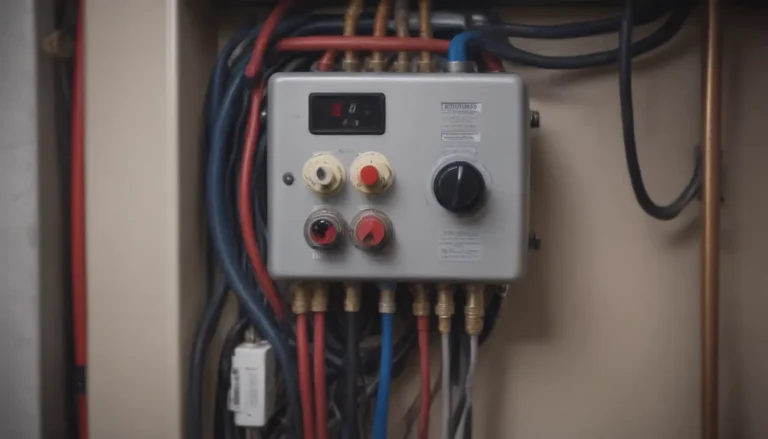Building on Property Easements: What You Need to Know

Are you planning to make some changes to your property, like adding an extension, putting up a fence, or installing a pool? Before you start digging or building, it’s essential to understand whether you have any easements on your property that could restrict what you can do. Easements are legal agreements that allow others to use a portion of your land, even though you still own it. In this comprehensive guide, we’ll cover everything you need to know about building on property easements, including what they are, how to find out if you have them, and what you can and can’t do on them.
Understanding Property Easements
Property easements allow individuals or entities (known as the “dominant estate”) to use specific parts of your property, even though you are the legal owner (referred to as the “servient estate”). These easements come in various forms, from utility easements for sewer and gas lines to driveway easements for access to your property. You might also have sidewalk easements that allow the public to walk in front of your property while staying on the sidewalk.
It can be confusing to wrap your head around the idea of owning your property but having to allow others to use parts of it. However, these easements serve a greater public good, similar to eminent domain actions, where the common good takes precedence over individual property rights.
How to Determine if You Have an Easement
Most homeowners should be aware of any easements on their property, as they are typically mentioned in the title documents when you purchase the house. If you can’t locate these documents, you can check your county’s website under the tax assessor section to find information related to your property, including any existing easements.
Types of Easements That Could Impact You
While there are numerous types of easements, only some may affect homeowners looking to build or renovate their properties. Here are seven common property easements that you should be aware of:
- Utility easements (Below ground)
- Utility easements (Above ground)
- Sidewalk easements
- Driveway easements
- Deadend or beach easements
- Conservation easements
- View easements
View Easements
Asking a neighbor to cut down a tree blocking your view may seem unreasonable, but in some cases, homeowners have legally compelled their neighbors to do so. While view easements are not automatically granted, they could be enforced through legal channels under certain circumstances.
Can You Build on an Easement?
Yes, you can typically build on a property easement, including a utility easement. However, it’s important to understand that the entity owning the easement may require access to it, which could necessitate the removal of any structures or landscaping on the easement. While you have the right to build on an easement, it’s advisable to consider the potential consequences before proceeding.
Tip
Before building on an easement, consult with your local municipality to ensure that your plans comply with any regulations concerning access points or property boundaries.
Can You Build a Fence on an Easement?
In most cases, you can build a fence on an easement without issue. Many homeowners choose to do so, despite the possibility of the fence being removed by the entity holding the easement, such as a utility company. Some utility companies may offer to reconstruct the fence as a courtesy if they need to access the easement.
Can You Install Hot Tubs and Pools on Easements?
While you may be able to install hot tubs or pools over an easement, it’s essential to consider the type of pool and its potential impact. Above-ground pools and hot tubs are subject to removal, whereas in-ground pools could interfere with municipal sewer lines buried deep underground. Be cautious when placing any permanent structures over easements to avoid future complications.
Can You Plant Shrubs and Grass on Easements?
Shrubs, lawns, and shallow-rooted plants can usually be planted on easements without issue. However, avoid planting trees or large vegetation that could obstruct access to utility lines or other infrastructure located in the easement. It’s crucial to maintain clear access to these areas for maintenance and repairs as needed.
By understanding the types of easements that may affect your property and the implications of building on them, you can make informed decisions about your property improvements. Remember to consult with legal and municipal authorities to ensure compliance with any regulations or restrictions related to property easements.
For additional information on property easements and their implications, refer to reputable sources such as the Legal Information Institute at Cornell Law School or local government resources. Stay informed and proactive when it comes to managing easements on your property to avoid potential conflicts or complications in the future.





